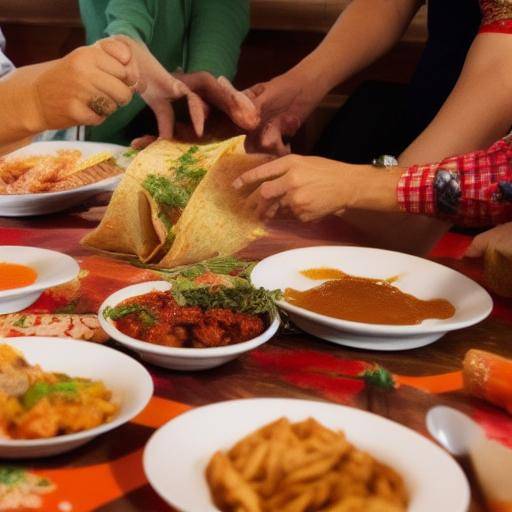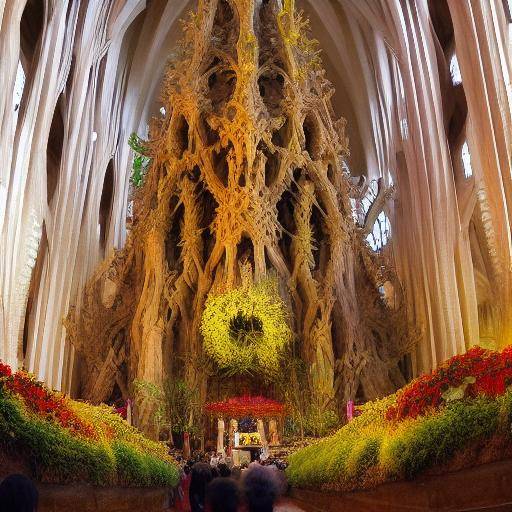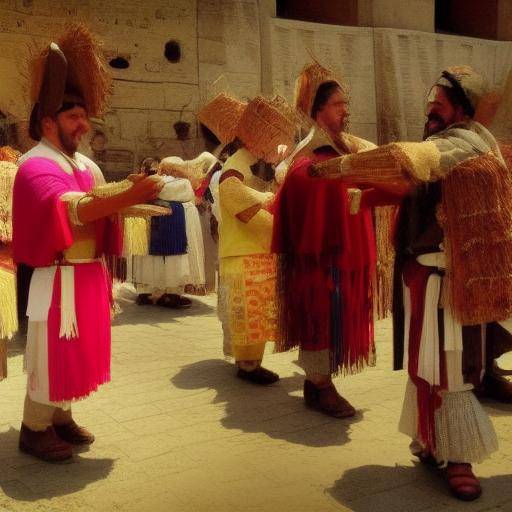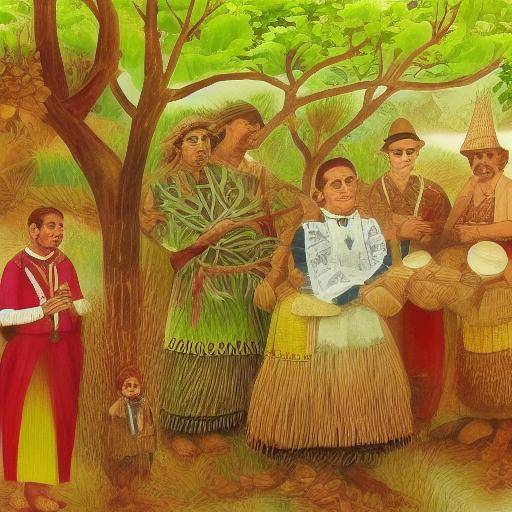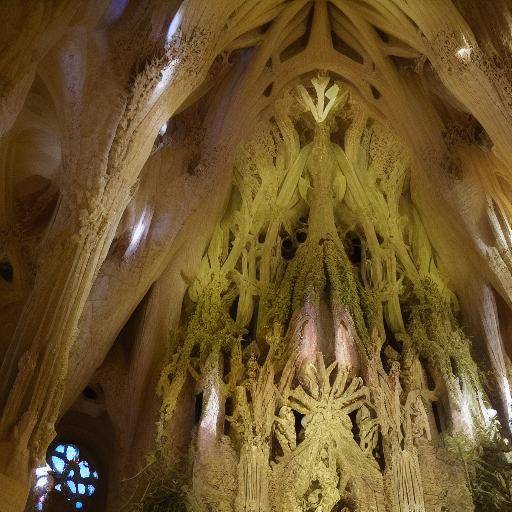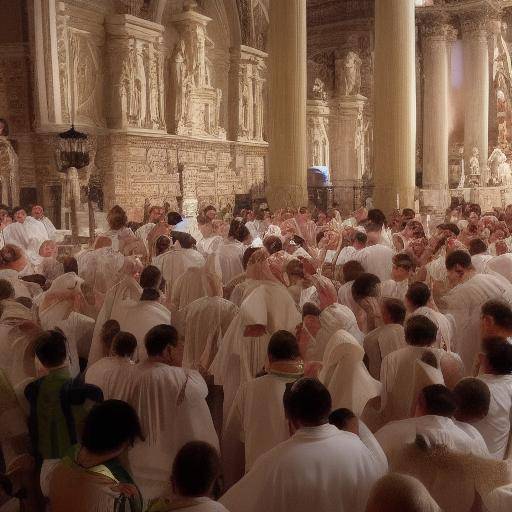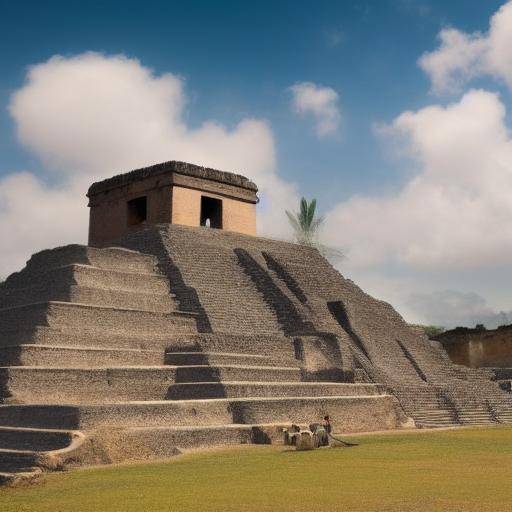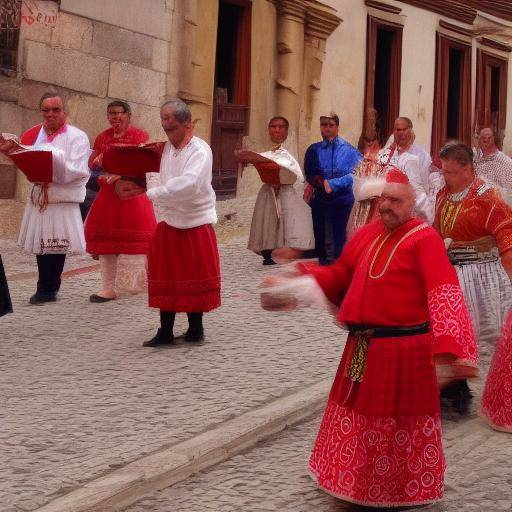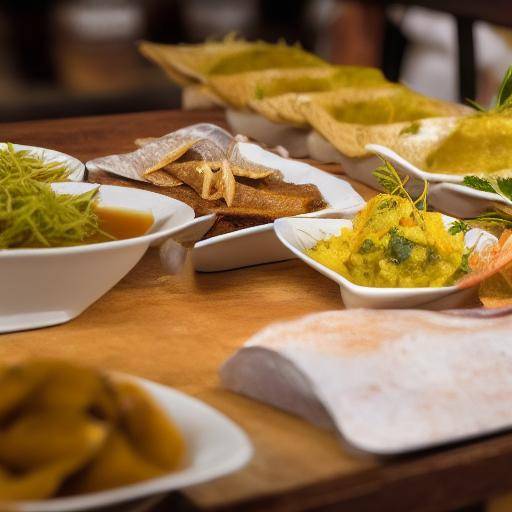
Sacred plants have played a fundamental role in funeral rituals throughout history, offering not only spiritual symbolism, but also therapeutic and emotional benefits to those who participate in them. In this article, we will immerse ourselves in the rich and fascinating interaction between sacred plants, funeral rituals and their role in various cultures. From ancient burying rituals to contemporary practices, we will examine thoroughly how these plants have influenced the process of farewell and transcendence of loved ones.
Introduction
Since time immemorial, sacred plants have been an integral part of funeral ceremonies in different civilizations around the world. Symbolology, its medicinal properties and its connection to the divine have made them an essential component to honor the deceased and facilitate the transition to a spiritual plane. In this article, we will explore the intricate network of meanings and uses that surround sacred plants in the context of funeral rituals, unraveling their various roles and the impact they have had on human practices throughout history.
History and Background
The use of sacred plants in funeral rituals dates back to the oldest civilizations, where the connection between life, death and transcendental was reaffirmed through their ritualistic employment. Civilizations such as Egyptian, Greek, Roman, and Pre-Columbian, among others, have left evidence of the importance of these plants in their funeral practices. The Egyptian funerary papyrus, for example, points to the use of myrrh, cedar and juniper in the rituals of embalming and mummification, attributing protective and purifying properties to them. In ancient Greece, the laurel and the olive tree symbolized immortality and were used to decorate the graves and crown the deceased during the farewell rituals.
Likewise, the pre-Columbian era in Mesoamerica lent a legacy richly impregnated with botanical symbolisms in its funeral rituals. Plants such as the copal, cocoa and the blossom of cempasúchil, protagonists in the Aztec mortuary ceremonies, represented both the duality of life and death, and the connection with the gods. These are just a few examples that illustrate the immense geographical and temporal extent of the ritualistic use of sacred plants in funeral contexts.
Detailed Analysis
Significados y Simbolismos
Symbolism associated with sacred plants in funeral rituals is deep and diverse. The lotus flower in oriental funeral practices, for example, symbolizes spiritual purity and rebirth, offering comfort and hope to the deudos. Similarly, the hyssop used in Christian religious rites represents purification and divine forgiveness. These symbols not only provide a spiritual meaning during rituals, but also help participants find comfort and emotional tranquility at a time of loss.
Therapeutic and Emotional Properties
In addition to its symbolism, many sacred plants used in funeral rituals have therapeutic and emotional properties. Lavender, recognized for its relaxing and calming effects, has been used for centuries to relieve anxiety and emotional stress in the context of funerals. On the other hand, incense, present in various traditions, helps to create an atmosphere of recollection and serenity, facilitating the introspection and mourning process during funeral rituals.
Evolution in Modern Practices
Despite the evolution of cultural beliefs and practices, the presence of sacred plants in funeral rituals has persisted and adapted to the changing social and religious dynamics. At present, it is common to find a variety of sacred plants present in funeral services, from symbolic floral arrangements to the use of essential oils in aromatherapy, contributing to the creation of environments that foster inner peace and acceptance of loss.
Comprehensive review
Contemporary applications
In the modern era, sacred plants are used in various ways in funeral rituals. The crowns of flowers, for example, remain a symbol of love and respect for the deceased, providing comfort to the deudos. In addition, cremation services have adopted the use of plants such as sandals and red sandals for their aromatic and spiritual properties, creating an environment conducive to goodbye and reflection.
Reflections of Experts
According to experts in psychology and tanatology, the inclusion of sacred plants in funeral rituals can trigger significant emotional responses in participants, by providing them with a tangible connection to the nature and cycle of life. This can contribute to healthier and more meaningful mourning processes, helping people find comfort and celebrate the life of the loved one who has passed away, rather than simply lamenting their absence.
Comparison of Holy Plants in Funeral Rituals
In analysing various traditions and regions, it is possible to identify similarities and differences in the selection and use of sacred plants in funeral rituals. While some cultures prioritize the use of aromatic plants such as rosemary and sage, others choose to adorn tombs with living flowers such as lily and lotus. These distinctions reflect the different cultural conceptions about death and beyond, offering an enriching view on the diversity of funeral practices in the world.
Practical Tips and Recommendations
Incorporation of Holy Plants in Ritua
the Funeral
If you are planning a funeral service or want to support someone who has suffered a loss, considering the inclusion of sacred plants can be a powerful way to enrich the ceremony. Careful selection of plants with symbolic meanings and therapeutic properties can contribute to the creation of a comforting and meaningful environment for all present.
Creation of Recogment Spaces
Whether you are organizing a funeral service or supporting someone facing a loss, the creation of collection spaces with the presence of sacred plants can offer a refuge of serenity and peace. The strategic layout of plants such as lily, white rose or jasmine can provide a sense of transcendence and beauty, while providing a visual reminder of the renewal and continuity of life.
Postcare Care to Ceremony
After the ceremony, considering offering sacred plants to close relatives and friends can be a moving way to prolong the impact of the funeral ritual. Plants such as laurel, olive or cedar, held in pot, can serve as lasting symbols of memory and love, providing a constant reminder of the life and legacy of the deceased.
Conclusions and FAQs (FAQs)
Conclusions
Sacred plants have played a fundamental role in funeral rituals, offering comfort, hope and connection with the transcendental. His presence has not only enriched the emotional and spiritual aspects of ceremonies, but also contributed to the process of mourning and the celebration of life. In understanding the history, symbolism and contemporary applications of sacred plants in funeral rituals, we can appreciate their immense relevance and ability to transcend cultural and temporal borders.
Frequently asked questions (FAQs)
Why are sacred plants used in funeral rituals?
Sacred plants have been used in funeral rituals due to their spiritual symbolism, therapeutic and emotional properties, and their ability to facilitate the connection with the transcendental and nature.
What is the meaning of some sacred plants commonly used in funeral rituals?
Plants such as lily, white rose, cypress, incense and lavender represent purity, renewal, transcendence, purification and emotional tranquility, respectively, offering comfort and hope to the participants.
How can I incorporate sacred plants into a funeral service?
It can include sacred plants through the creation of symbolic floral arrangements, the use of essential oils in aromatherapy, or by giving pot plants to close relatives as a lasting symbol of memory and love.
Is there any special recommendation on the selection of sacred plants?
The selection of sacred plants must be made by considering symbolism, therapeutic properties and the cultural meaning they possess, to ensure that they contribute to the creation of a comforting and meaningful environment.
How can sacred plants help in the mourning process?
Sacred plants can provide comfort, inner peace and reflection, contributing to healthier and more significant mourning processes by offering a tangible connection to the nature and cycle of life.
What are some sacred plants used in funeral rituals in different cultures?
Plants such as the lotus in the Eastern traditions, the olive tree in the Christian tradition, the copal in Mesoamerican culture and the cypress in Greek culture are examples of sacred plants used in funeral rituals.
In conclusion, sacred plants have infused funeral rituals with profound and therapeutic meanings throughout history, and continue to play a fundamental role today. His presence symbolizes the continuity of life, spiritual transcendence and emotional comfort, thus enriching the experience of farewell and recalling the importance of celebrating life even in the moments of deepest mourning.





